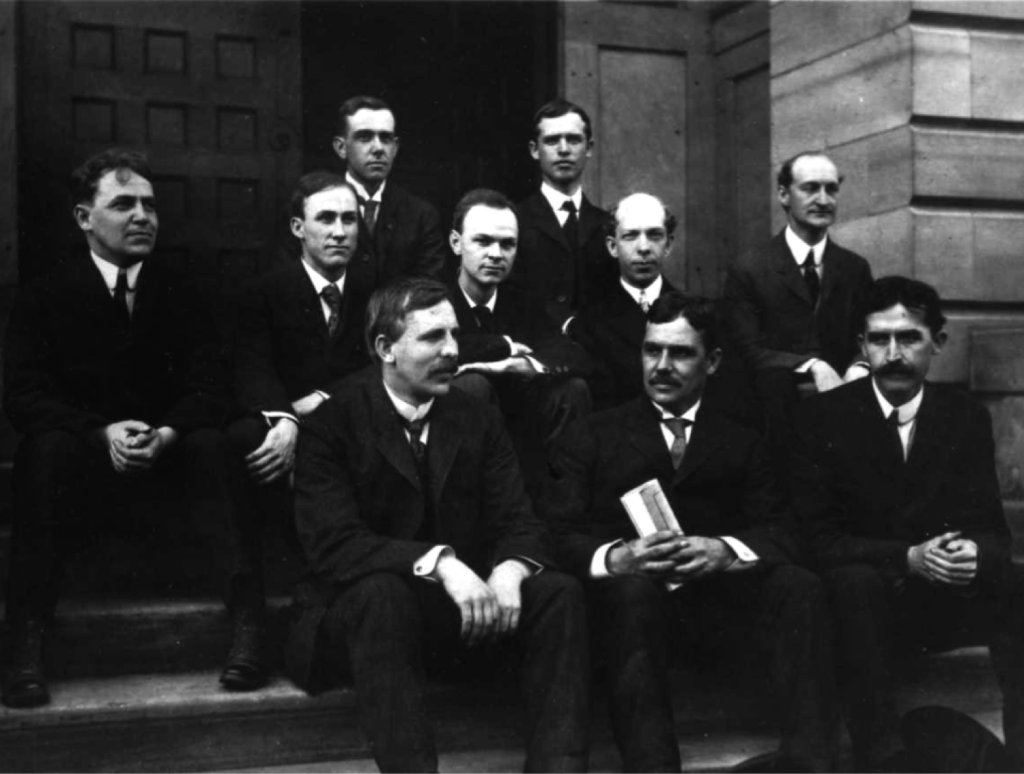In my sales training classes I play a game with the delegates. I list nine contemporary sales techniques and ask them when they were first taught to sales people:
- Closing skills
- Specialization as a hunter or a farmer
- Transactional v Consultative selling
- Features, advantages and benefits
- Objection handling
- Open and closed questions
- The first defined sales process
- Listening Skills
- Order takers v active sales people
Let me ask you, which one of these sales techniques is the oldest? Which one is the newest? Tough isn’t it? What happens in my sales training classes is that the delegates pretty much all guess that these sales techniques were introduced in the last 20-30 years. It’s then that I know they are in for a surprise. Here they are in chronological order:
- Hunters were first separated from farmers in the insurance industry between 1850-1900
- The first sales process was defined in 1898. Called AIDA it was developed by E St Elmo Lewis. Really a marketing process, it still very much in use today.
- The Psychology of a Sale was written in 1914 by Forbes Lindsay documented the defined skills for insurance salesmen including:
- Objection handling skills were first defined
- Closing skills were first defined
- Open & closed questioning skills were first defined
- Features, advantages & benefits skills were first defined
- Sales roles being differentiated between order takers and active sales people was introduced as a concept in 1961 in the book, ‘The Mystique of Super-Salesmanship’ – just as primitive as 100 years ago. McMurray defined the roles in terms of a spectrum from order takers to field salespeople.
- Transactional v Consultative selling was defined in 1985 by McMurray in his report, ‘The Determinants of Salesperson Performance’ – Churchill
- Listening and customer focus were defined as key sales skills in 1987 by Neil Rackham in Making Major Sales.
The delegates are always surprised at how so many of the sales techniques that they are currently using were developed a hundred years ago. Features, advantages and benefits, objection handling, closing skills, and open and closed questions were in fashion in 1914!
There are three key learnings from this history exercise:
- Using sales techniques that were developed 100 years ago is not going to give you the edge over your competitors. We need to be more up to date than that. We need more modern sales training that reflect the changes that have happened in our working environment.
- Despite these sales techniques having been around for over 100 years, not all sales people, even now, understand them nor can use them effectively.
- With so much information about effective selling being in the public domain, understanding good sales techniques is actually the easy part of sales training. Practicing good sales techniques consistently over time is the harder part of being a great sales person.
Conclusion: If you’re sales techniques are as old as some of these, please give us a call as we’d love to help you develop some new ones.
Author: Steve Bussey

